Blog: Svalbard’s travails in a changing Arctic

Many aspects of Arctic politics which had remained predictable for years, or even decades, are now being called into question, not the least of which being the idea of the far north as greatly disconnected from geopolitical concerns elsewhere in the world, (commonly known as the ‘Arctic exceptionalism’ concept).
Yet, with accelerated climate change, coupled with the rapidly spreading securitization of the Arctic caused by the still-rippling effects of Russia’s invasion of Ukraine, and the uncertain future of regional cooperation, the far north is now facing rapid changes in many fronts.
There is no shortage of examples of this growing uncertainty, but the Norwegian territory of Svalbard has become a distinct warning sign of the effects of both regional climate change and rising strategic challenges.
Firstly, the islands have become a microcosm of sorts for environmental security threats, with reports suggesting that Svalbard is facing rates of warming six times that of the global average, (with the Arctic as whole being gauged as warming fourfold compared with the global average, according to a 2022 study). Altered climate patterns around Svalbard have already had significant effects on local wildlife as well as scientific activity, with concerns being raised that retreating glaciers on the islands will contribute to the unchecked release of methane gas which would accelerate rising temperatures worldwide.
It has now become a truism that Svalbard represents the ‘front lines of climate change’, with its effects taking place within a whirlwind of economic changes, including the scaling back of local coal mining, (although the Norwegian government had announced last year that it wished to maintain coal extraction on Svalbard until 2025), and the post-Covid rebound of tourism.
The Russian town of Barentsburg (population about 500) on the islands, now facing isolation after the invasion of Ukraine, had planned to shutter its coal mine in the next few years in favour of developing expanded tourist facilities. Another isolated Russian mining town in Svalbard, Pyramiden, was almost completely abandoned in 1998 in the wake of depressed global coal prices at the time.

Svalbard is also facing a host of external pressures, brought about by east-west tensions and the archipelago’s interstitial location between Norway, north-western Russia, and Greenland. This despite the durability of the Spitsbergen (Svalbard) Treaty, penned in 1920 to provide legal safeguards for the islands, and to prevent the militarization of the region. Svalbard has a total population about 2500, (the capital is Longyearbyen, population 1750), is one of the most northern communities in the world, Under the terms of the Treaty, and the subsequent 1925 Svalbard Act [pdf] Svalbard is placed under Norwegian sovereignty, with specific conditions.
The initial Treaty represented a delicate legal balance, as well as an acid test, for the then-nascent country of Norway, which had only achieved full independence from Sweden in 1905, and had declared de facto neutrality during World War I, (although its tacit support for Britain during the conflict had earned Oslo the nickname ‘The Neutral Ally’). The Treaty confirmed Norway’s ‘full and absolute sovereignty’ over Svalbard, but under Article IX of the document the country is forbidden to build a naval base there, nor can Oslo use the archipelago for ‘warlike purposes’. This last point has been subject to interpretation, since Norway does maintain coast guard vessels in Svalbard to monitor civilian traffic.
Signatories to the Treaty are also prohibited from any military facilities, but do have full rights to economic activities and scientific research. Amongst the forty-six current signatories to the Treaty are the United States, Russia, and China, as well as Britain, Canada, France, Germany, India, Italy, Japan, Saudi Arabia, South Africa, and South Korea. North Korea became an unlikely signatory in 2016, while Türkiye (Turkey) is hoping to accede to the Treaty later this year. Several European and Asia-Pacific signatory nations, as well as Norway, maintain research stations in and around the settlement of Ny-Ålesund on Spitsbergen Island, (Russia being one exception, as its research projects are based in Barentsburg).
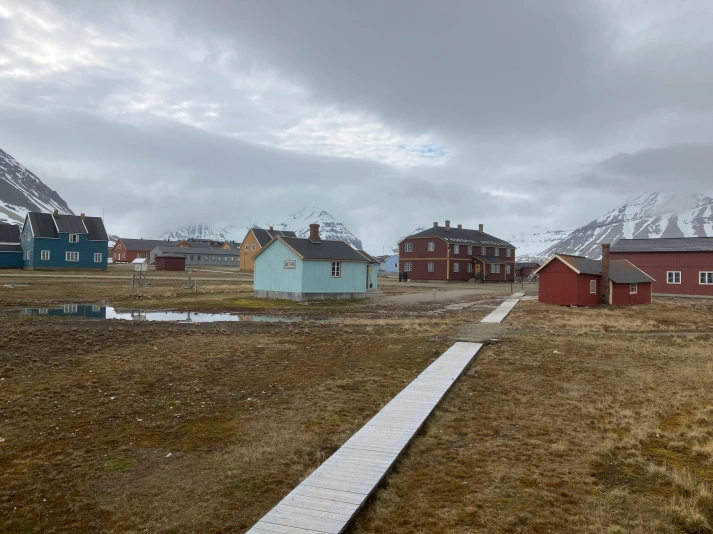
Interpretations of the Treaty, as well as the parameters of Norwegian sovereignty over the islands, have been challenged recently by several major international actors. Case in point, for over five years, the Norwegian government had locked horns with a Latvian shipping firm, SIA North Star, and by association the European Union, over whether the firm had the rights to fish for snow crabs within Svalbard’s continental shelf beyond the islands’ territorial waters, (which extend for twelve nautical miles, or approximately 22.2 kilometres, offshore). The EU had previously been critical of Oslo’s stance on fishing rights in the Svalbard region, and has been a longstanding sore point in bilateral relations, (Norway is not an EU member, but is partnered with the organisation via the European Economic Area – EEA).
Matters came to a head in January 2017 after one of the Latvian firm’s vessels, the Senator, was detained by Norwegian authorities for unauthorised catching of snow crabs on the continental shelf, the Latvian company had argued that under the terms of the Treaty an external party could fish and conduct maritime business within Svalbard’s territorial waters, (Latvia had acceded [in Latvian] to the Treaty in June 2016).
However, Oslo’s response was that the particulars of the Treaty, namely Articles II and III, only applied to the territorial waters of the islands and not the entire continental shelf. What further complicates the situation is that the Spitsbergen Treaty had entered into force well before the 1958 Continental Shelf Convention, and the United Nations Convention of the Law of the Sea (UNCLOS) was adopted (in 1982) which codified the concepts of ‘continental shelves’, ‘high seas’ and ‘territorial waters’.
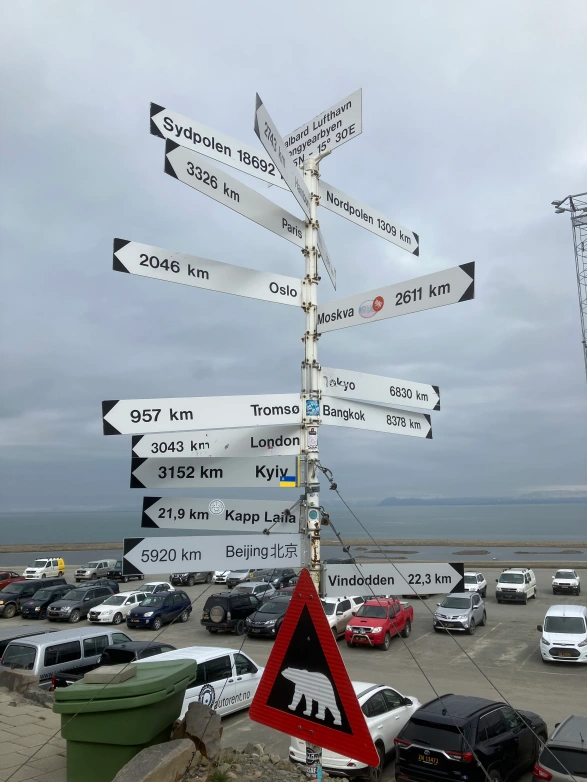
After previous rounds of litigation, the case was brought to the Norwegian Supreme Court in January 2019, and the case was being carefully watched well beyond Norway. Had the Court ruled in favour of the Latvian company, there was the possibility that the waters surrounding Svalbard would then be thrown open to international oil and gas exploration and possibly mining. The reason for this being that snow crabs are sedentary and were seen as a feature of the local sea floor, and so a ruling against Norway would have made the argument that seabed fossil fuel drilling could also be allowed by any actor whose government had signed the Treaty.
However, in March of this year, the Court ruled (unanimously) that the Treaty did not grant the Latvian firm fishing rights in Svalbard’s continental shelf, a decision which was seen as removing much ambiguity surrounding Norwegian sovereignty over the archipelago. However, SIA North Star has not dropped the matter, and has been pursuing [in Norwegian] alternative legal routes via the World Bank’s International Centre for Settlement of Investment Disputes (ICSID).
China, which maintains the Yellow River Station (Huanghe zhan 黄河站) at Ny-Ålesund, has also challenged Norway’s policies over Svalbard. In 2019, Norwegian authorities clarified [in Norwegian], with new guidelines, that all research conducted on the islands be limited to the natural sciences and be published in English.
These curbs were criticised by Beijing [in Norwegian], including the Chinese Arctic and Antarctic Administration (Guojia Haiyangju Jidi Kaocha Bangong Shi 国家海洋局极地考察办公室) as overstepping, and ‘lacking in an international decision-making process’ [in Norwegian]. Chinese officials argued that social sciences and law research should also be permitted on the islands, but at present the ‘natural sciences only’ stipulations remain in place. According to conversations by the author with persons in Ny-Ålesund in June this year, the Yellow River Station was expected to be reopened later this year after a lengthy dormant period during the pandemic.

Oslo has shown increasing unease [in Norwegian] with Beijing’s emerging Arctic interests and how they might affect Svalbard, a situation not helped by the still-close relationship between Beijing and Moscow even after the latter’s attack on Ukraine. In 2014, a Chinese entrepreneur, Huang Nubo, expressed interest in purchasing land in Svalbard near Longyearbyen after an unsuccessful attempt to do the same in northern Iceland. Critics in Norway had argued [in Norwegian] that the proposed sale was in effect a Trojan Horse strategy which would have allowed China to gain a significant foothold on important Arctic real estate. Ultimately, the Norwegian government made a decision in 2016 to purchase the land in question itself, ending Huang’s bid.
By far, however, the biggest outside challenge to Norway regarding Svalbard has been Russia, dating at least as far back as Moscow’s objections to a Fisheries Protection Zone (FPZ) which Oslo established in 1977 covering Svalbard’s continental shelf. The Soviet Union and later Russia argued that the FPZ was incompatible with the Treaty, and that Norway had no right to make such an important decision unilaterally.
Tensions were lessened in September 2010 when Oslo and Moscow agreed to a maritime boundary in the Barents Sea, but the Russian government has continued to take the stance that Norway has been misinterpreting the treaty for its own ends. Observing the centenary of the Treaty in February 2020, Norwegian government officials took the opportunity to publicly underscore [in Norwegian] Oslo’s sovereignty over the islands, and state that the economic rights of other treaty signatories only extended as far as the twelve nautical mile limit.
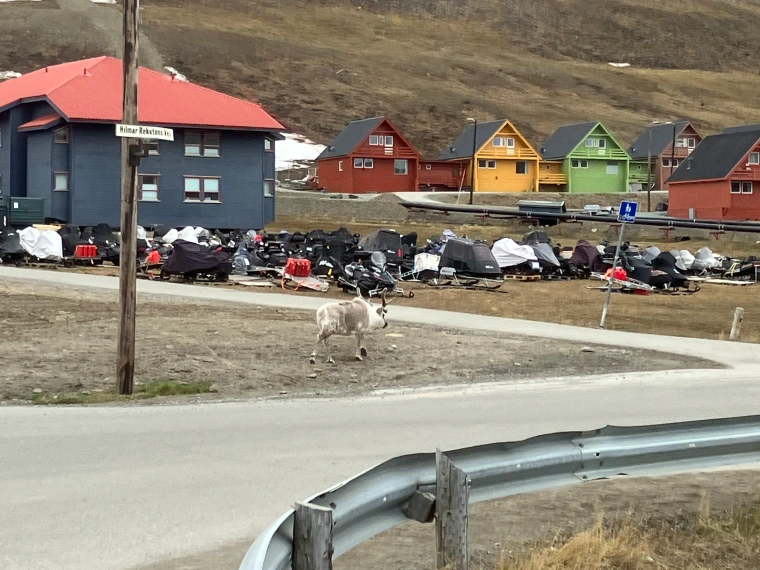
Russia, however, remains unconvinced, and worries have been expressed about the vulnerability of Norway and Svalbard to coercion and ‘grey zone’ operations carried out by Moscow, with one example being the mysterious severance of an underwater internet cable line connecting Svalbard to the Norwegian mainland in January 2022 which illustrated the vulnerability of such infrastructure to outside attack.
Russian interests in testing the limits of Norway’s resolve regarding Svalbard were highlighted in April 2015 when then-Deputy Prime Minister Dmitry Rogozin made a stopover in Longyearbyen and Barentsburg en route to a new Russian Arctic base, skirting an EU and Norwegian travel ban implemented after Russia’s annexation of Crimea the previous year, and in 2017 details were released of Norway’s Svalbard policies being framed by the Moscow’s Defence Ministry as potential security threats to Russia.
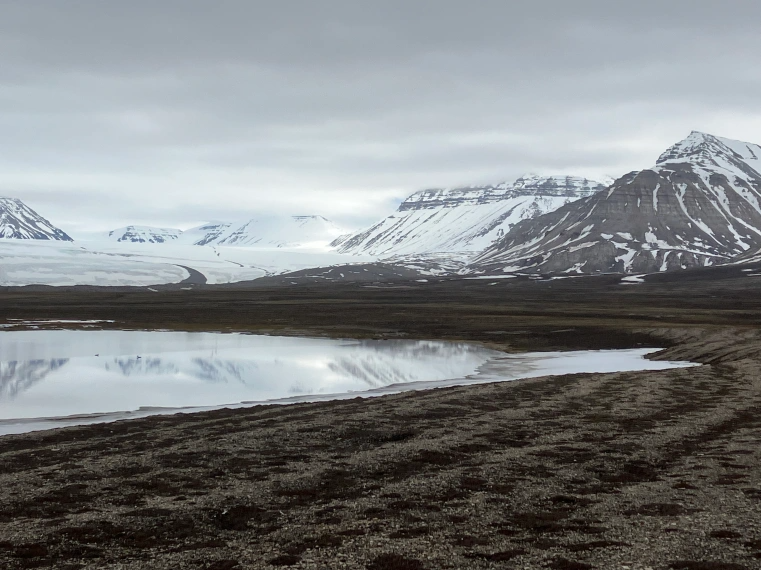
After the start of the February 2022 Russian attack on Ukraine, Norway has faced an even more precarious security situation with Svalbard, especially after Oslo joined EU sanctions on the Vladimir Putin regime. In mid-2022, Moscow accused the Norwegian government of using the sanctions as justification for blocking food shipments to Russian miners on Svalbard, (the dispute was later resolved).
Much international attention was also given to the small but loud Russian Victory Day celebrations on 8 May in Barentsburg, with an even smaller event taking place in Pyramiden. It was also announced in April this year that Russia was seeking to establish a BRICS research station in Svalbard, potentially in partnership with other BRICS members Brazil, China, India and South Africa. (The BRICS group plans to hold a summit in Johannesburg next month, where deepening the organisation and possibly adding new members will be discussed).
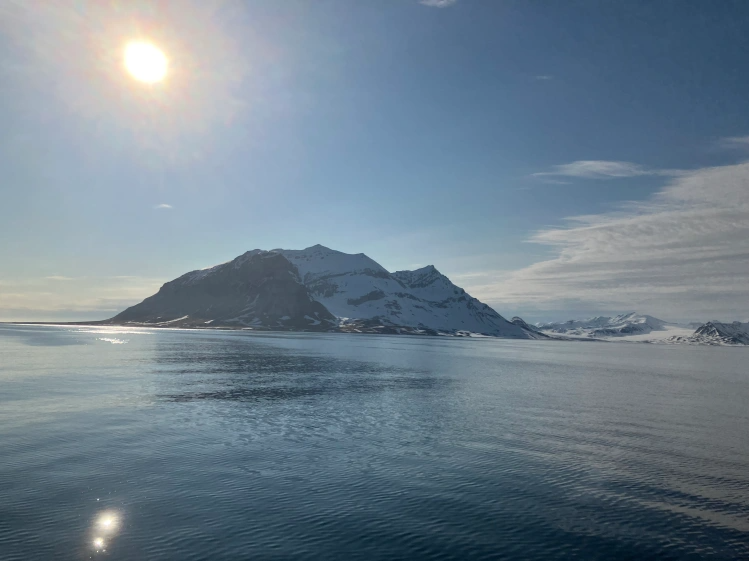
The potential of Russia-Western tensions spilling into the Arctic has risen, considering Moscow’s militarisation of its Arctic lands and the expansion of NATO into the far north, but it remains to be seen whether Svalbard will be a potential pawn in emerging regional great power competition. Svalbard was included in NATO’s defence area as of 1951, and Article V (the collective defence clause) of the alliance’s 1949 North Atlantic Treaty also applies to the islands. One 2018 study even referred to Svalbard as NATO’s ‘Achilles heel’ in the Arctic because of the archipelago’s location and distinct legal status.
However, despite ongoing testing of the Spitsbergen Treaty’s boundaries, especially by Russia, there is at present no signal that any party wishes to overtly contravene it. That does not mean however that Svalbard is not now facing considerable geopolitical challenges, on top of the ongoing effects of climate change on one of the most northern communities in the world.
It was reported in January this year that the Norwegian government would be publishing [in Norwegian] an updated governmental White Paper on Svalbard in early 2024, the first since the 2016 document which placed a focus on economic development of the islands.
In announcing the need for a revised Paper, Norwegian Minister of Justice and Public Security Emilie Mehl noted [in Norwegian] the growing economic activities on the islands, the climate change challenge, and the transformed security situation in the Atlantic-Arctic region, as prompting the need for a review of Svalbard policies. When the Paper is released, it will be inevitably be scrutinised by those well beyond Norwegian political circles.
[ The author would like to thank UiT – The Arctic University of Norway, the crew of the Helmer Hanssen, and the Outreach 2023 programme [in Norwegian] for their invaluable assistance in the researching of this article. Tusen takk! ]
Related stories from around the North:
Canada: Northern premiers say Canada can’t have Arctic security without infrastructure, The Canadian Press
China: Satellite imagery reveals construction progress on new Chinese Antarctic base, Eye on the Arctic
Denmark: Danish policy prioritizes low-conflict Arctic amidst Russian tensions, Eye on the Arctic
Iceland: Icelandic embassy suspends operations in Moscow, Eye on the Arctic
Sweden: US bombers land in northern Sweden for first time, Radio Sweden
United States: Biden welcomes Finland to NATO, meets with Nordic leaders, The Associated Press



